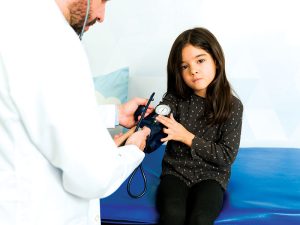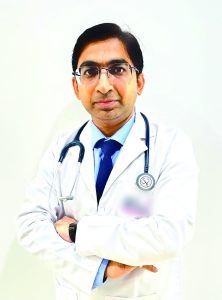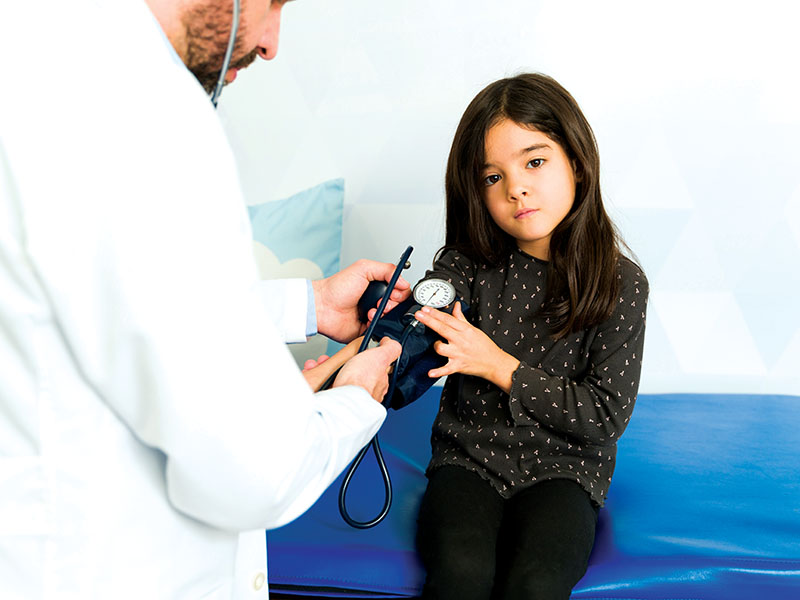No products in the cart.
Pediatric hypertension symptoms and prevention
Lately, there’s an alarming emerging trend of a growing number of children reporting symptoms of pediatric hypertension

High blood pressure, aka hypertension, is generally associated with stressed-out adults leading sedentary lifestyles and/or battling metabolic diseases. But lately, there’s an alarming emerging trend of a rising number of children reporting symptoms of paediatric hypertension.
Recent research indicates that high blood pressure (BP) in children is more prevalent than previously believed. An estimated 3-5 percent of children and adolescents suffer hypertension, with prevalence much higher among obese children. This presents a public health challenge that has the potential to turn into a cardiovascular crisis if left unchecked. Unlike in adults, hypertension in children is diagnosed based on percentile-based blood pressure charts, accounting for age, gender, and height. A child is hypertensive if her BP readings consistently fall above the 95th percentile on three separate occasions.

Dr. Tarun Singh
Dr. Tarun Singh, a neonatologist and child nutritionist at the Pediamedics Clinic and Kalpavriksh Healthcare, Delhi, spoke to Kiran Balimane about causes, symptoms and ways to address pediatric hypertension.
The incidence of childhood hypertension is rising, especially in urban areas, yet parental awareness is low. Hypertensive children are at greater risk of suffering cardiovascular diseases in later life. It’s become critically important for parents to become aware, well-informed and vigilant about the symptoms and dangers of childhood hypertension.
“There are two types of childhood hypertension:
Primary. More common in adolescents, this condition has no clear underlying medical cause but is often linked to obesity, family history, poor diet, and sedentary behaviour.
Secondary. Prevalent in younger children, secondary hypertension is the outcome of identifiable conditions such as chronic kidney disease, congenital heart defects (e.g., coarctation of the aorta), endocrine disorders (e.g., hyperthyroidism, adrenal issues) and excessive intake of steroids and decongestants.
Unhealthy diets, obesity, sedentary lifestyles, genetics, stress, and sleep deprivation are contributing to the rise in pediatric hypertension, as are excessive consumption of salt, processed foods, sugary beverages, and reduced intake of fruit and vegetables.
Symptoms
Pediatric hypertension is often asymptomatic. However, some children may suffer early morning headaches, blurred vision or fatigue, dizziness, behavioral changes, irritability and nosebleed.
Many pediatricians and parents don’t routinely monitor children’s blood pressure levels. I strongly recommend annual BP screening for all children aged three years and above. BP checks at every visit for high-risk children and Ambulatory Blood Pressure Monitoring (ABPM) for diagnosing white-coat or masked hypertension.
Uncontrolled hypertension in childhood leads to early organ damage and significantly increases the risk of left ventricular hypertrophy, kidney disease, retinopathy, atherosclerosis and heart attacks in early adulthood.
The first line of defence is lifestyle modification. Parents need to ensure children’s diets are healthy by reducing sodium (salt) intake, limiting processed foods, and encouraging high-fibre meals. Ensure children exercise for at least 60 minutes daily and get adequate sleep. Medication is advised only for severe or unresponsive cases.
Preventive pediatric care is critical. Parents should actively promote healthy habits at home, with schools supplementing through education and screening. With early detection, informed parenting, and consistent health monitoring, pediatric hypertension can be prevented and treated medically.”
Also Read: Protecting children from the insidious influence of advertising
Post Views: 48
Tags: ParentsWorld August 2025















Add comment